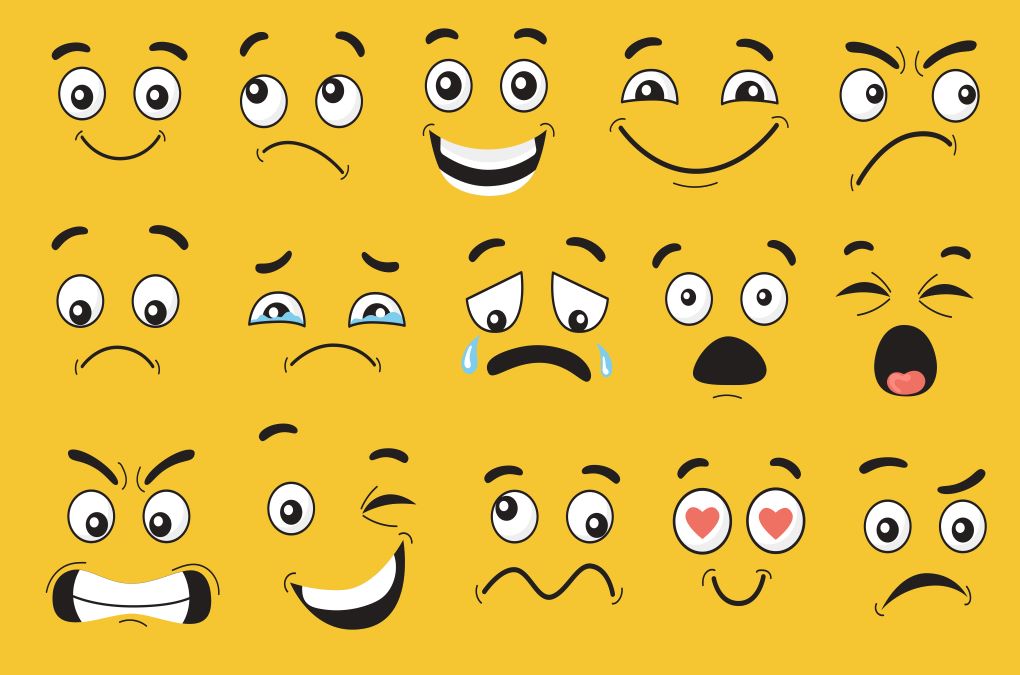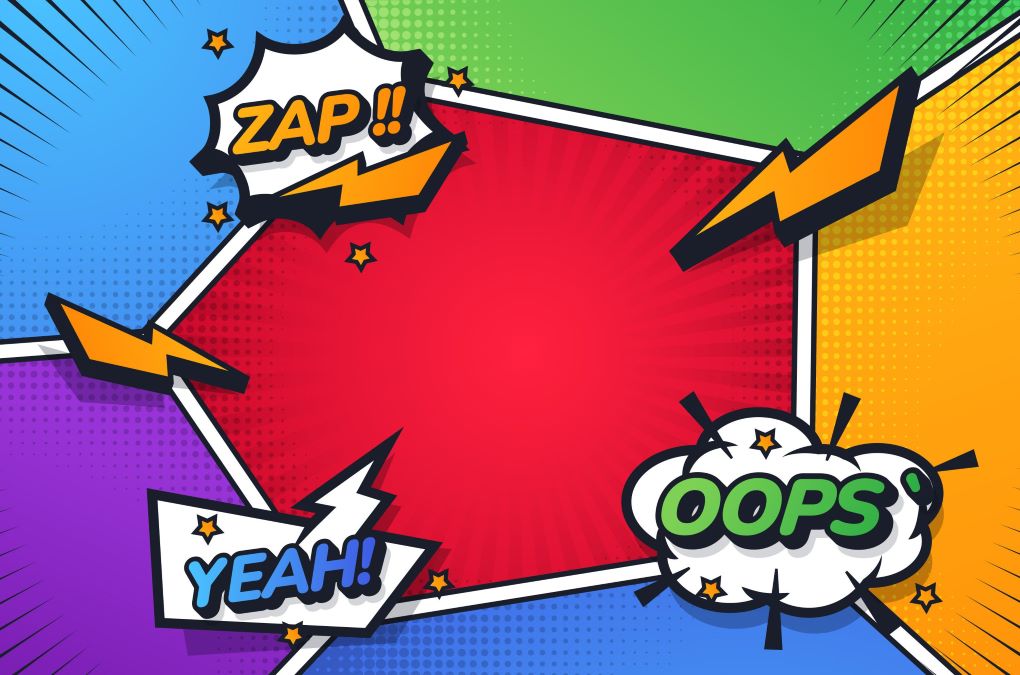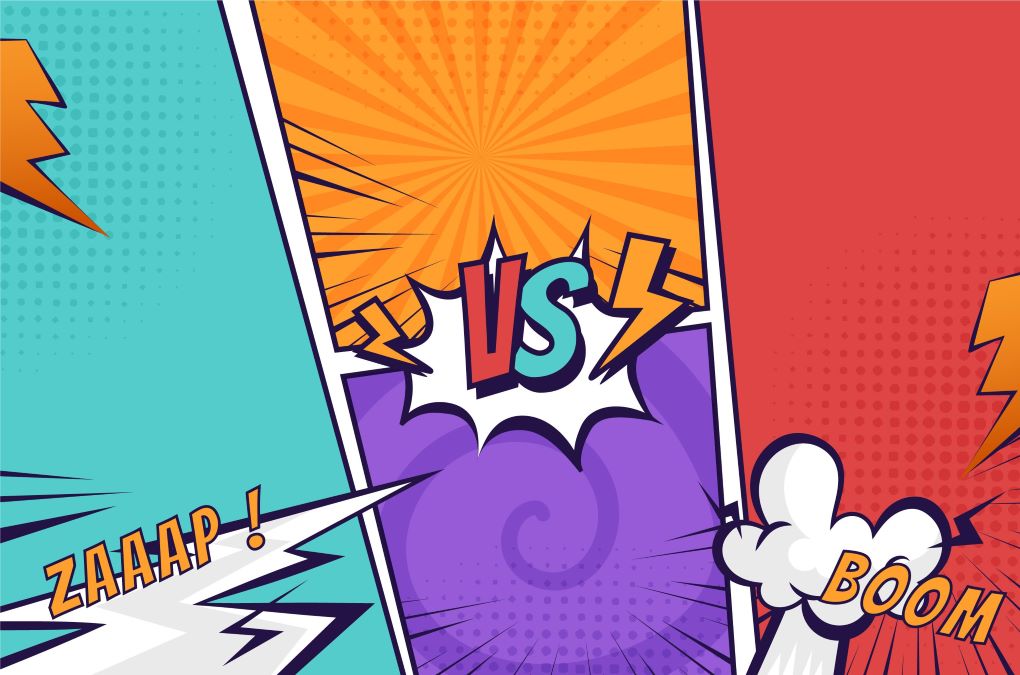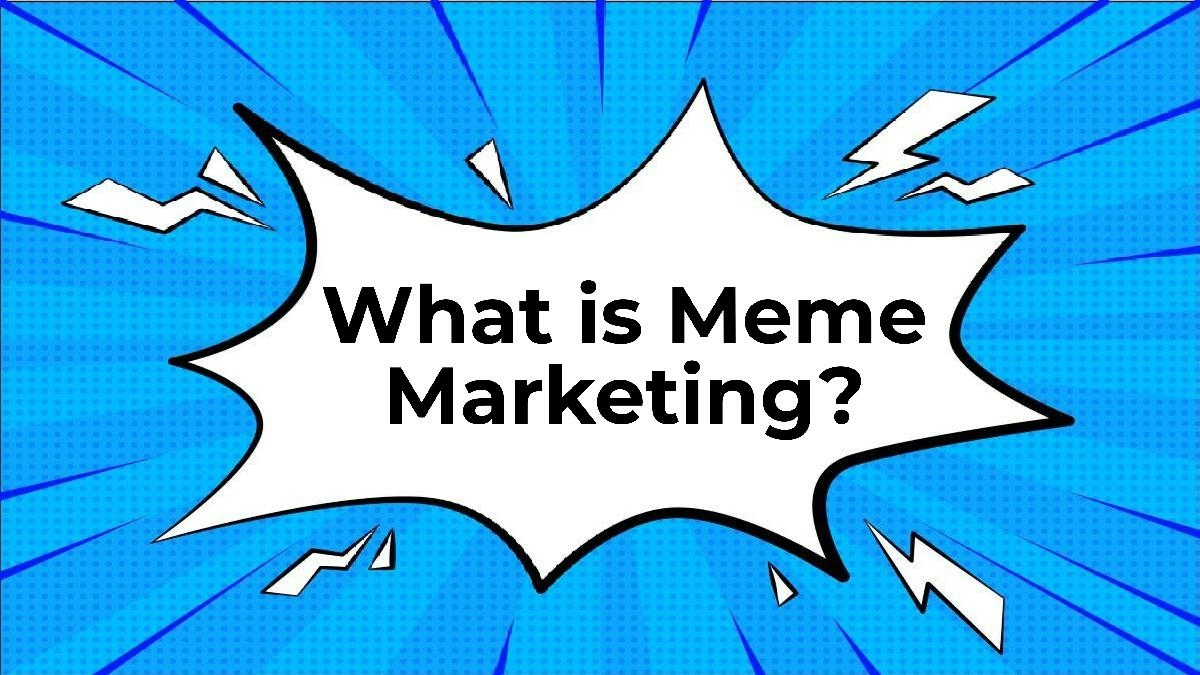A meme marketing is a cultural element whose styles, concepts, and behavior can be endlessly imitated. However, when we talk about internet memes, we mean a comic image or video with a specific style and concept that goes viral on the internet. The image’s style and vision remain consistent while the copy changes.
The rise of social media has completely revolutionized people-to-people interactions globally. Before its arrival, direct messages and jokes could only be shared in text format through SMS and with one person at a time, but now, it has all changed.
Communicating with each other has now become more straightforward. Marketers, too, are using these interactions for marketing purposes. One of these most used interactions is the use of memes. Let us try to understand what a meme is and how it can help in excelling the efficiency of your marketing process.
Meme marketing is a subset of viral marketing, which achieves marketing goals through mediums such as word of mouth and social media networks.
It is utilizing users to advertise a brand or product by establishing appealing, engaging and rapidly disseminating news or content.
Meme marketing is the surest way to build a congregation and possibly grow your brand awareness. Memes, unlike other types of images, have their own labels and as well as positioning in the minds of the users memes are precise, popular on social networking sites, and have a high recall value. With this in your psyche, you’ll want to ensure that you’re doing everything correctly.
What is a Meme?

A meme is basically an idea or baviour that has a context or represents a phenomenon in culture and spreads through imitation. The simplest form is a picture embedded with the reference text.
Today, social media platforms are overflowing with memes. The purpose of memes is simple, ‘spreading humour’. Memes are present in all formats and sizes, including video memes and GIFs.
- Memes are like viruses; they rapidly spread humour and satire all over the internet. Although it is tricky, one way to calculate a meme’s popularity can be decided by its use.
An original meme can be called popular once it becomes a meme format. It becomes more popular if it becomes a concept that serves as a base for other new memes on the internet.
There is no better example of such memes than “Doge Meme”. Which became such a popular meme culture that it officially became the face of “Dogecoin”, one of the most valuable cryptocurrencies in the world.
2. What is Meme Marketing?

Memes go viral. They can reach billions around the globe in minutes. Therefore, there is hardly any better option than memes if you want to engage with your customers on the internet. Moreover, memes do not require any special coordination. Even simple memes with a good reference should be enough to help you harness the people’s attention.
Humour connects people more than anything else. It gives meme marketing an upper hand over other methods of reaching out to people. Dogecoin is the prime example of how meme culture connects people. It was started by Jackson Palmer in 2013 as a mere joke, which subsequently survived and today is one of the top cryptocurrencies in the world.
3. What are the Do and Don'ts of Meme Marketing?
Although meme marketing is simple, you must be aware of certain factors before entering memes to market your products. Unawareness will only let you make a fool of yourself and may turn you into a meme instead. Here are some of the do’s and don’ts in meme marketing for consideration.
Do's of Meme Marketing

Marketing tactics should be framed according to the audience you want to target. You can use innovative ideas to take a jibe at your competitors or share something with your customers. Choose memes that best suit how your brand communicates with your audience.
The problem is that not every viral meme will be a good fit for the company. Be picky about which memes you start creating and which ones you discard.
You must have a basic knowledge of the meme formats you use for your marketing. It will help you use them in the best possible way. Using irrelevant memes will only bring dire consequences.
Making jokes on the topics that are already trending will reach out to more people. The memes will not only reach your audience in this case but will even broaden your brand value.
Like any marketing strategy, you want to ensure that your meme is true to your brand. The thing about patterns is that everyone wants to get on board and make sure they don’t fall behind.
On that note, make sure that your meme is not offensive. When brands join in on the meme fun without considering the consequences, they can find themselves in hot water. Before you join in, here are a few questions to consider. Is the meme:
- Make fun of a specific group or community?
- Contain insults, slurs, or offensive language?
- Rely on oblique imagery or language?
If you answered “yes” to any of these queries, you should think twice about using it.
Make sure your audience gets what you want to convey. Also, you should know how to present your memes. Discuss well and clear all doubts before posting a memento to avoid disaster afterwards.
Find ways to engage with your audience. You can organize meme competitions for your audience about a recent topic and feature the best memes for your marketing. Make sure you give credits to the meme creator in such events.
Don'ts of Meme Marketing
Do not use a meme template if you don’t know the implications and idea. Every meme base is used to convey a specific message, and misrepresenting the meme can harm your marketing efforts.
Just like old news is of no use, using old memes will do nothing other than add a negative value to your brand.
Uploading quick, unrelated memes will only bore your audience and cringe your marketing. Instead, focusing on quality memes which may be few, will help you achieve your marketing objectives.
Although engaging with recent trends usually positively impacts your meme market, it is not always true. Creating memes on debatable topics can bring you into controversy and, therefore, should be avoided.
Conclusion

Meme marketing is a subcategory of viral marketing that employs word-of-mouth and social media networks to achieve marketing objectives. Memes are precise, popular on social networking platforms, and have a high recall value. Memes, unlike other types of pictures, have their own names and positions in the minds of users.
Because memes are so relevant and successfully express thoughts, attitudes, and circumstances, corporations began utilizing them to advertise themselves as they grew in popularity. This is how meme marketing came to be.
- Netflix is one brand with a solid reputation for meme marketing. Their social media marketing memes are universally appealing.
- Memes are a chance for marketers to communicate with their audience when we don’t want to see solely branded material on our page. There is no more significant example than Netflix meme marketing.
The motive behind Meme marketing is straightforward, creating such positive, easy-going humorous content that is plausible to the consumers spreading a bliss of faith and warmth in the psychics of the consumer






 Our users have reported an average of $5K+ positive impact on their personal finances
Our users have reported an average of $5K+ positive impact on their personal finances
